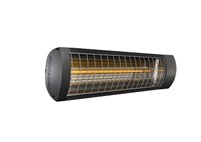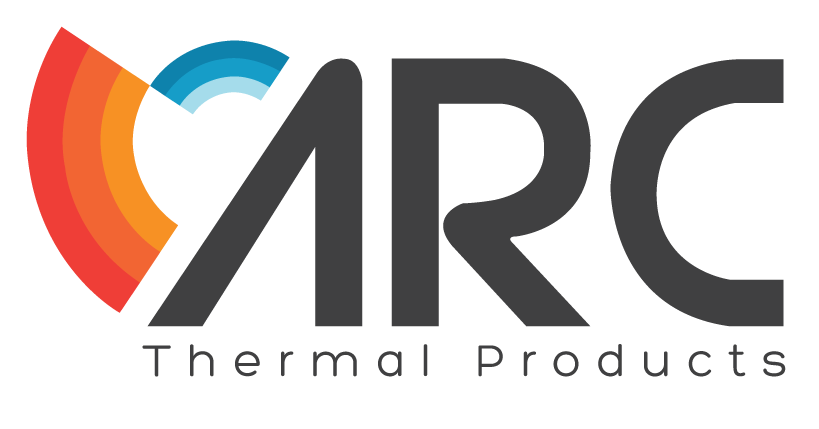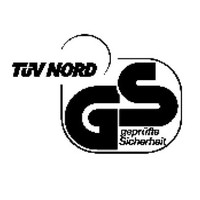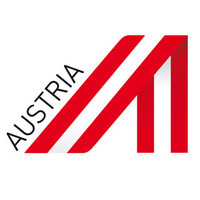Infrared heat is part of the electromagnetic spectrum. All objects give off infrared or radiant heat, but the type of electromagnetic wave given off changes depending on the temperature of the objects. Hotter objects give off a more intense form of infrared which feels hotter on the skin, but is harder to absorb deep into our bodies. This is called short-wave infrared heat. Cooler objects give off a less intense form of infrared that can penetrate more deeply and warm us more thoroughly than short-wave infrared. Infrared heaters use these different types of infrared to provide heating levels suitable for a wide range of applications.
Long-wave infrared

Infrared panels can get up to 100˚C and produce long-wave infrared heat.
This is the most efficient choice for indoor locations because we absorb this type of heat most easily and it stays comfortable for hours.
Long-wave infrared heat is the same form of infrared that we ourselves give off; it is a natural form of heat, which is why it is also used in neonatal incubators and health spas for relaxation.
Medium-wave infrared

Commercial infrared heaters get up to 300˚C and produce a blend of long and medium-wave infrared heat. This heat is still gentle enough to heat comfortably for hours on end, but it is intense enough to combat the movement of air in large and draughty locations. Medium-wave heaters are ideal for commercial applications, such as warehouses, industrial heating, factories, garages and large public/community buildings such as village halls and churches.
Short-wave infrared

Outdoor heaters can get up to 1500˚C and give off short-wave infrared, as well as an orange glow. This heat is much more intense, making it perfect for exposed outdoor locations where the heat from a long-wave infrared heater would not be felt. Short-wave heaters warm up instantly, however they can become uncomfortable after prolonged exposure due to the intensity of the heat. They are ideal for patios, pub gardens, alfresco dining areas and periodically used workstations where an intense heat source is required for short bursts of warmth.














